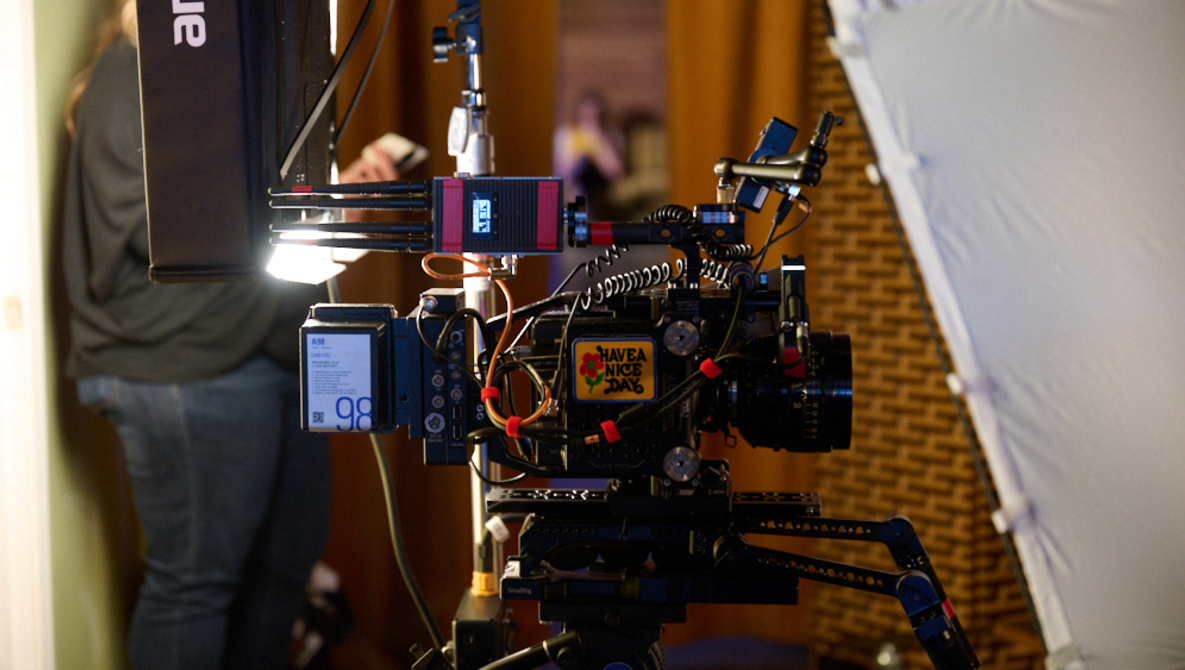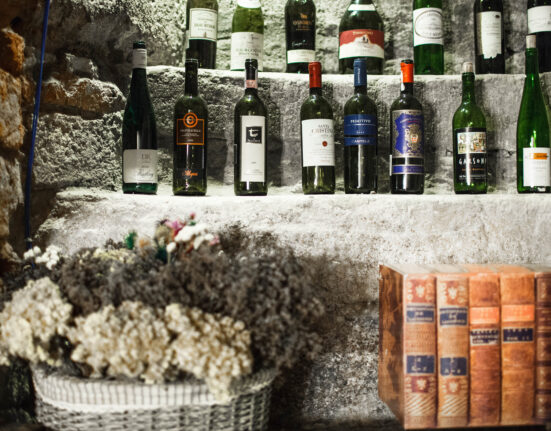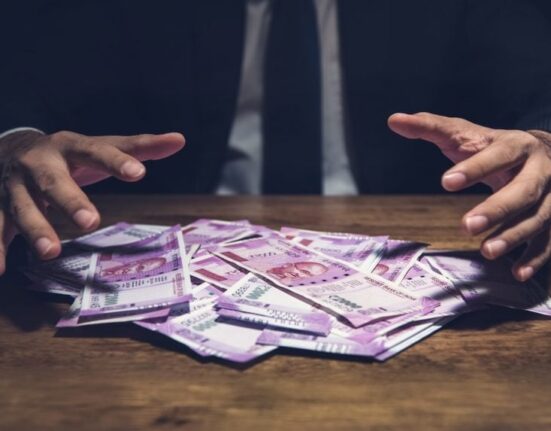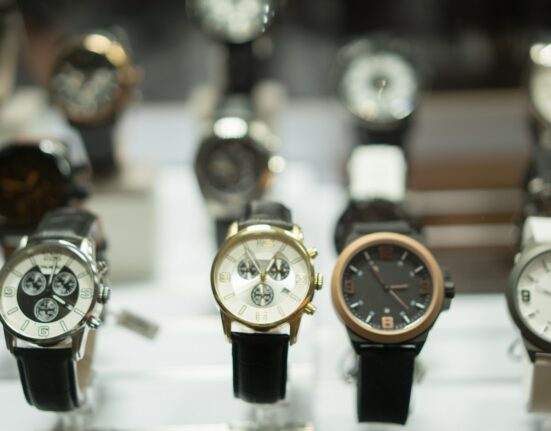Pop quiz, hotshot. What is the best investment you can make in your photography today?
Okay, yes, I did just rewatch Speed again the other day. And, yes, I have been referring to everyone from the mailman to my understandably perplexed mother as “hotshot” for the last 48 hours. But don’t let that dissuade you from focusing on the question posed. If you only have a limited amount of money to spend on your art this year (which I think pretty much sums up most of us), what is the best investment you can make?
Now, be honest. You’re really hoping that I’m going to say that you should buy a new camera, aren’t you? Or course you are. It is human nature to think that all of life’s ills can be solved with a credit card. Not getting the shots you want? Just buy the new camera with the built-in flux capacitor. Having trouble getting a certain kind of light? Just shell out some hard-earned cash, and you can turn from William Leibovitz into Annie Leibovitz overnight with zero additional training or hard work. That’s how it’s supposed to work, right? Or, at least that’s what advertisers and many an internet influencer would have you believe.
But the truth, of which I suspect you are well aware, is that new gear means Billy Bupkis in your journey to be a better artist. Sure, it might make you more efficient or add a feature that you need to accomplish a specific task. But, in the grand scheme of things, improving as an artist has very little to do with the products you buy and far more to do with the knowledge you can acquire for free.
Well, kind of free. Let’s face it, photography and filmmaking are expensive pursuits. At a base level, you need to find a way to secure a camera and lens. As you continue to progress, you’ll want to try new tools and techniques, which require new investment. If you are to eventually reach the point where your love of the art becomes a sustainable career, you will likely find that sustainability also requires investment. New test shoots for your portfolio. New marketing materials. It never stops. Some genres require more investment than others. But pretending there’s a world in which you are never going to have a legitimate reason to make a dent in your bank account in pursuit of higher artist goals is pretty much a pathway to disappointment.
But that doesn’t mean that all investments are created equal. Because I write for this website and a large focus of it, and the world it represents, is focused on specific pieces of gear, I often find myself droning on about this new feature or that new feature and trying to determine whether said products are worth the purchase price. But, having been a professional artist for several decades now, I can tell you that there is only one type of investment that I have never regretted making.
Just two weeks ago, I wrapped principal photography on a short film called Runway. I’ll write more about the project once the film is released. But this article isn’t about the film. I’m just using it as an analogy. Rather, this is a story about the value of experience.
Producing the film was hardly inexpensive. I wanted the best production possible, with the best talent, and the best tools. And, while I didn’t have a lot to spend, I spent what I had. I spent it on everything from locations, to support crew, to equipment rentals. Very few avenues to debit my bank account went unexplored.
But, what I didn’t spend any money on was new gear. I bring this up because, as I began reconciling all my receipts, I couldn’t help but to notice that the amount I spent making the film was in a similar range to the amount I had spent some years on gear alone. Thankfully, I have tamed my Gear Acquisition Syndrome to a large extent this year. But the similarities in the financial outlay forced me to ponder the question of which had been the better investment.
True, a lot of the gear that I had accumulated over the years made its way to set in the hull of my oversized minivan and was put to great use while shooting. So, it would be insincere to say those gear investments were worthless. Yet, the more I thought about it, the more it became clear that the investment in the project itself was far more valuable.
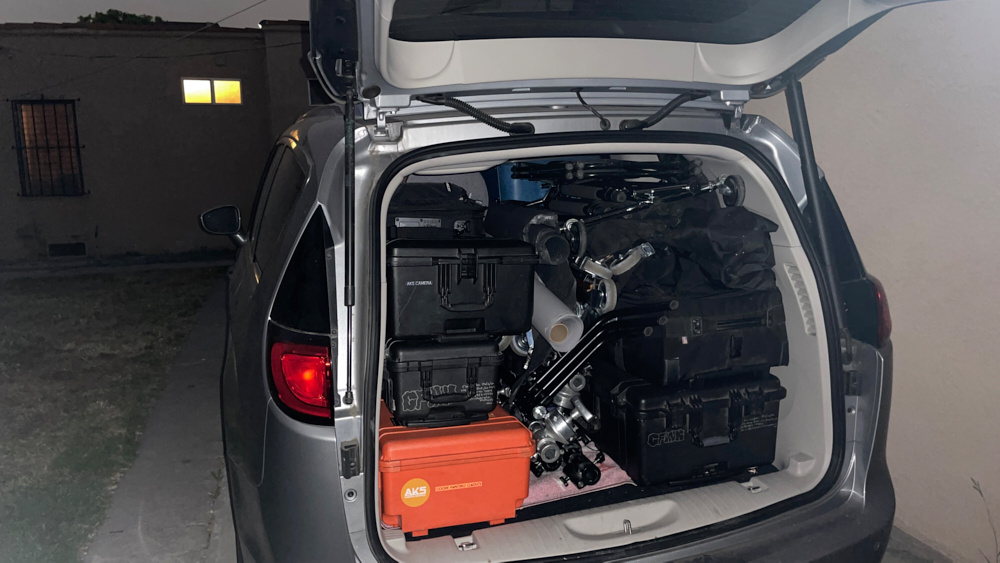
Investing in gear offered a brief respite to my Gear Acquisition Syndrome. It helped me do certain tasks faster. It gave me the unspoken perk of being able to feel like I was keeping up with the Jones.
But investing in the project made me a better filmmaker. It provided me with an invaluable learning experience that made me a tangibly better artist. Visually, narratively, working with cast, working with crew, dealing with unforeseen obstacles. From the first day of preproduction to wrapping production and continuing post-production, I simply got better. Sure, investing in new gear instead of the project would have been fun. But, what do you think actually makes you more appealing to your clients? Having a newer camera? Or being better at your job? I’d put my money on the latter.
In addition to learning, the project also offered tangible benefits. A specific asset I can use to market my services to potential clients. As always, creating great art is job number one. But, in order to continue to eat while making that art, you need the material to show you can do the job. Spending your money on projects rather than products is a huge help in that fight. You get the initial joy of creating the project, the lessons learned which will last a lifetime, and the marketable asset which you can show potential suitors to generate new business and new experiences. Show me a product you can buy that will offer anywhere near the same return.
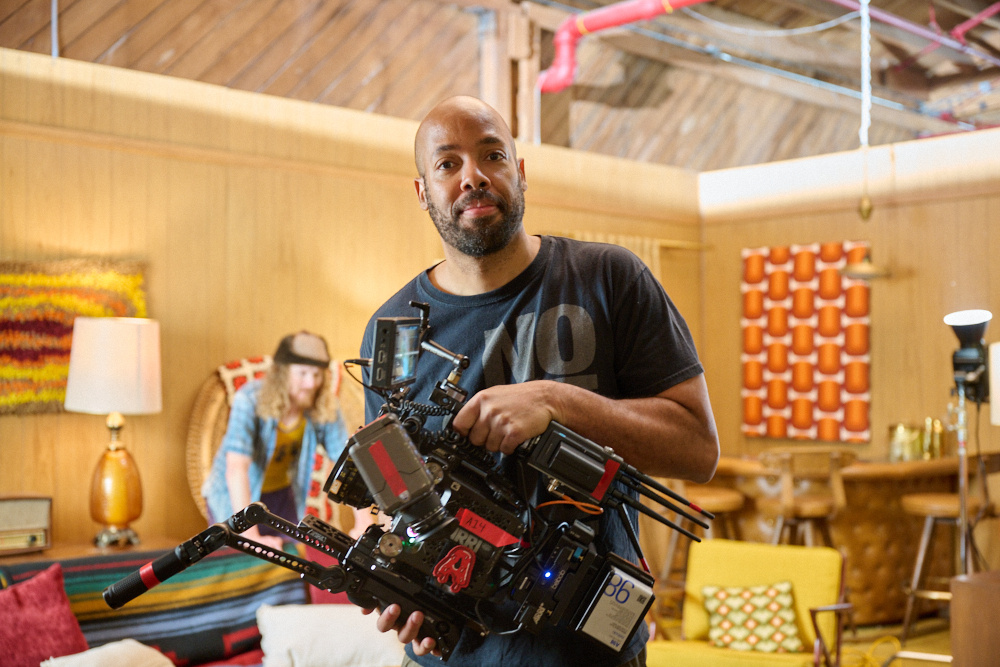
I’m referencing my film simply because it’s the most recent example. But creating personal projects like this should be a regular part of any artist’s diet. Creating work and investing in your own projects, whether those projects be photography, filmmaking, or basket weaving, is absolutely essential in growing as an artist and growing your business. If you want to be a fashion photographer, just as an example, you are far better off spending your money to produce sample shoots of the type of work you want to create, with the best production value you can afford, than you would be just spending all your money on a new camera or lens. If you want to be a travel photographer, it doesn’t really help you to invest all your money in a camera and not be able to afford plane tickets.
Putting your money into projects instead of products may seem less tangible. After all, you can buy a camera and then physically hold it in your hand. You know where your money has gone, because you can physically see it on your desk every day. It seems the more surefire investment. You spent X and got Y.
Projects, on the other hand, may, at first, seem more risky. What if the project isn’t any good? Have you just wasted your money? The answer would be “no,” by the way. See the paragraph above about learning through experience.
And, sure, paying salaries of your crew might not give you the same immediate satisfaction of receiving a new lens in the mail. After all, that lens may be with you a long time. That employee was just there for one day.
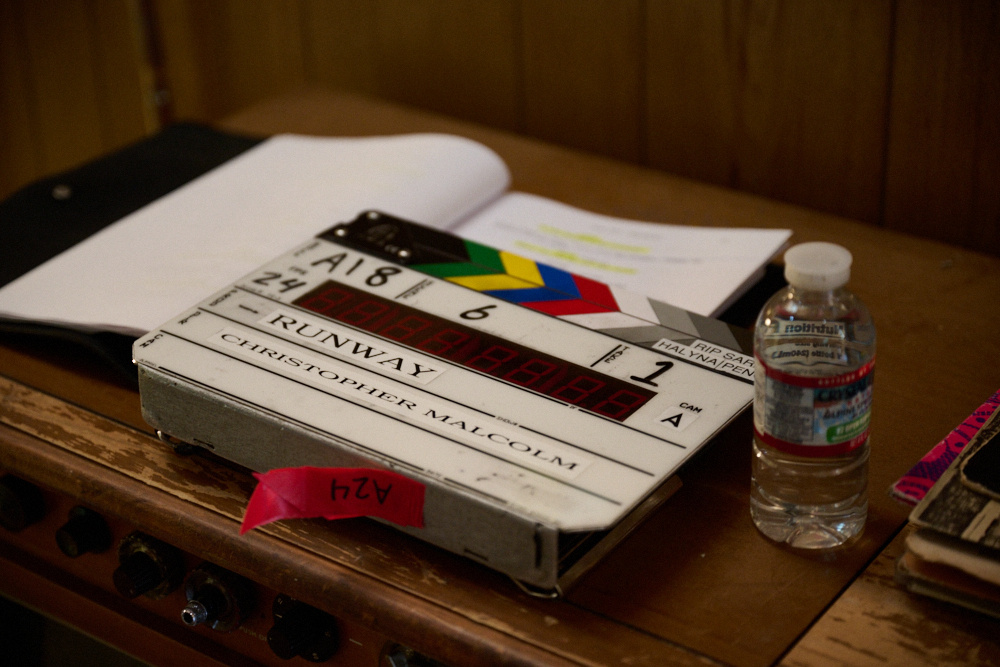
But projects are gifts that keep on giving. They are investments that pay returns long after the initial money has been spent. They are opportunities to grow and improve as artists. They are opportunities to produce work that will define your own unique artistic voice. They give you the tangible assets to communicate to potential clients exactly what that artistic voice is for many years to come. They not only offer abstract benefits like personal growth. They also can offer tangible benefits like financial growth.
When telling my mother about my most recent film in the days after the shoot, I caught myself telling her how this project, and the experience of making it, is one that I will remember until the end of my days. I have no way of knowing if that’s actually true. But I’m pretty sure the last thing I think about won’t be a camera that I bought, no matter how many cool features it might have had.

